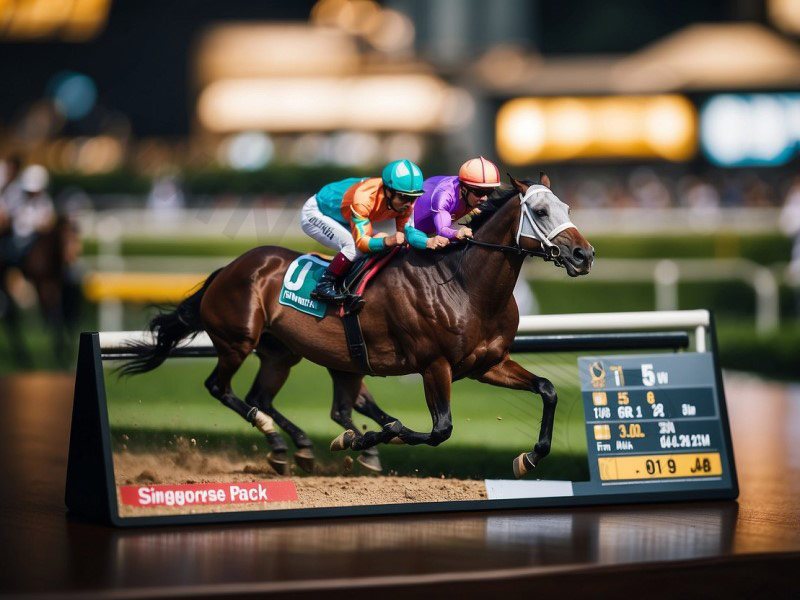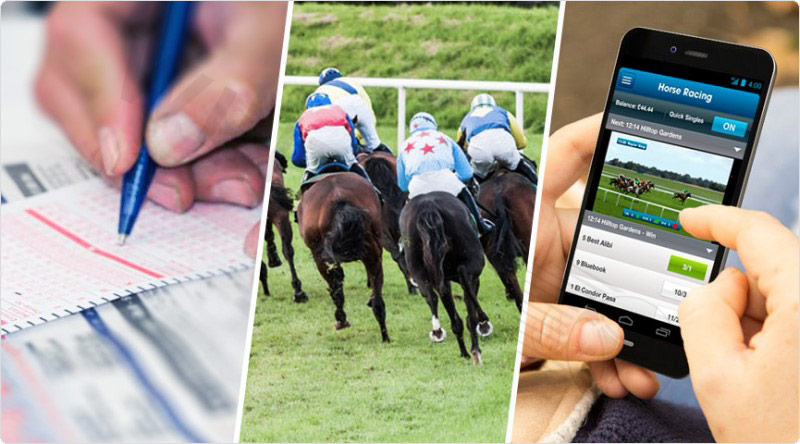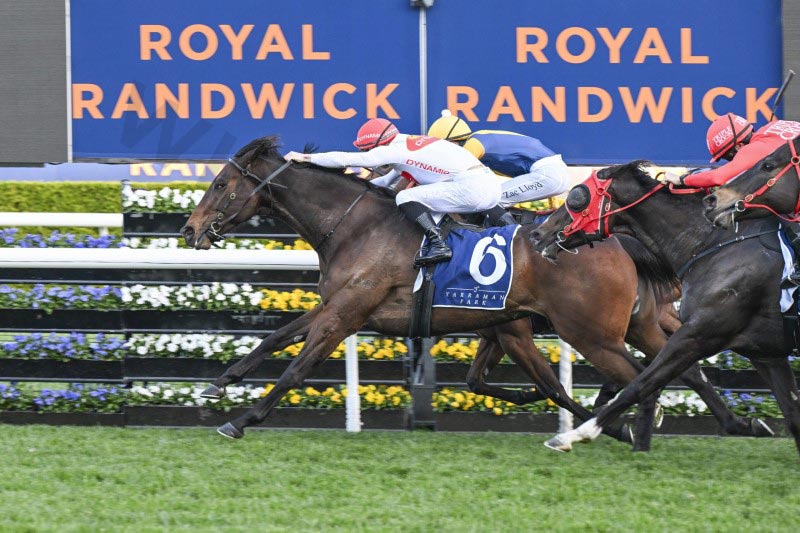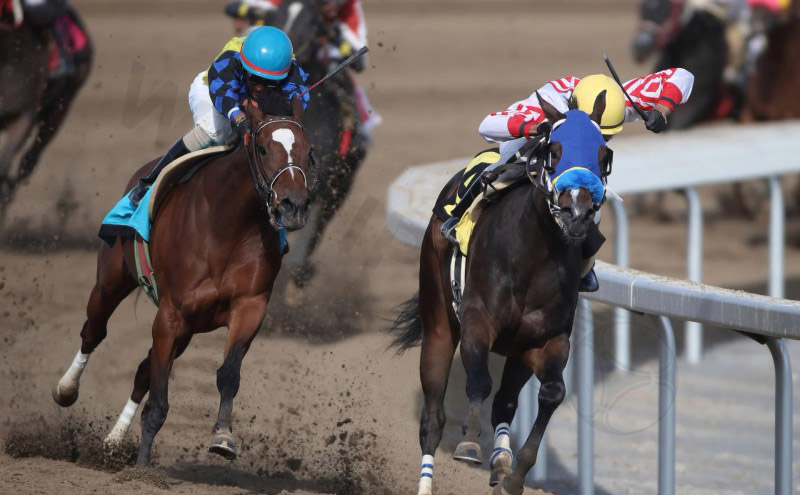In the field of sports betting, horse racing is one of the oldest and most popular sports, attracting the attention of players around the world. Horse racing betting odds are not only numbers that represent the winning chances of each horse but also reflect the popularity, expectations of bettors, and changes based on factors such as horse performance and weather conditions. In this article, let's explore Wintips horse racing betting odds explained, how to read and apply them to have a higher chance of winning in each bet.
General information about horse racing betting
Horse racing is a long-standing and popular sport in many countries, especially in the UK, the US, and Australia. Not only is horse racing attractive for its drama and speed, but it also attracts many bettors because of the variety of bets and the possibility of winning big. Horse racing betting is not only a game of luck but also requires players to know horses, the skills of the racers, and the factors that affect the race results. For those who love adventure and want to challenge their prediction ability, horse racing betting is a form of entertainment that is both exciting and profitable.

In horse racing betting, there are many types of bets for players to choose from, depending on their level of risk and ability to predict. Some popular types of bets include “Win” bets, “Place” bets, and “Each-Way” bets. “Win” bets require players to correctly predict which horse will finish first, while “Place” bets allow players to win if the horse finishes first, second, or in the top three, depending on the race rules. “Each-Way” betting is a combination of the two types above, with part of the bet on the winning horse and part on the horse finishing in a placing position, giving the player a higher chance of making a profit despite the higher risk.
Understanding how to read horse racing odds is an important factor in betting. This ratio represents the profit that the player can receive if the prediction is correct. Odds are usually expressed as a fraction (such as 5/1) or a decimal (such as 6.00). For example, if the odds are 5/1, this means that the player will receive a profit of 5 times the amount of the bet if the horse they choose wins. Reading the odds correctly helps players easily identify opportunities and make reasonable decisions. In addition, betting odds often change over time, based on the latest information about horses, riders, and weather conditions.
Many factors influence the outcome of a horse race, and understanding these factors will help bettors make more accurate predictions. Some important factors include the horse's form, the experience and skill of the rider, the track conditions, and the weather. Different types of horses may be suitable for different weather and track conditions. In addition, some riders have their racing styles and tactics, which can significantly affect the outcome of the race. Therefore, bettors need to constantly update information to make the most accurate betting decisions.
How do betting odds work in horse racing?
Horse racing betting odds are tools that determine how much money a player can win based on their bet, as well as show the probability of each horse winning the race. Bookmakers set these odds based on many factors such as the horse's past performance, physical condition, weather conditions, and the number of players betting on each horse. Understanding betting odds helps players make smarter decisions when placing bets and maximize their chances of winning. Below are common betting odds explaining horse racing and how to calculate the profit that players can earn from each type of odds:
1. Decimal odds
Decimal odds are the easiest form of odds to understand, popular in many countries such as Vietnam, Europe, and Australia. These odds represent the total amount of money that players will receive for each unit of bet, including the initial capital. The simple way to calculate profit: take the bet amount and multiply it by the decimal rate to get the total amount received.

For example:
- If the odds are 5.00 and you bet $100, if you win, you will receive 5.00 x 100 = $500.
- If the odds are 1.50, and the player bets $100, when he wins, he will receive 1.50 x 100 = $150. This is an easy-to-understand format because the player immediately sees the total amount of money he will receive if he wins.
2. Fractional odds
Fractional odds are popular in the UK and Ireland, in the form of 'a/b' (such as 5/1 or 7/2). With these odds, the winning amount is 'a' for every 'b' bet, not including the initial capital. This is a long-standing form of odds in horse racing, especially in the UK.
For example:
- Odds of 5/1: If a player bets $100 and wins, he will receive 5 times his bet ($500), plus his initial capital of $100, for a total of $600.
- Odds of 2/1: If he bets $100 and wins, he will receive $200 in profit (for a total of $300).
One thing to note is that these odds indicate the chance of winning based on the amount of the bet. Lower odds (e.g. 2/1 or 3/2) indicate that the horse has a higher chance of winning, while higher odds (e.g. 10/1 or 20/1) indicate a lower probability of winning but a higher profit if he wins.
3. Moneyline odds
Moneyline odds, also known as American odds, use positive (+) and negative (-) numbers to represent odds. Positive odds indicate how much a player can win if they bet 100 units, while negative odds indicate how much they need to bet to win 100 units.

For example:
- Odds +400: If a player bets $100 and wins, they will receive $400 in winnings, plus their initial capital of $100, for a total of $500.
- Odds -150: To win $100, a player needs to bet $150. If they win, the total amount they will receive is $250, including the $100 in winnings and the $150 bet.
These odds are popular in the US and are often used in major sporting events; however, the calculation can be complicated for new players. Players need to remember that the positive sign represents the winnings for betting 100 units, while the negative sign represents the amount of money required to bet to win 100 units.
4. Popular types of bets in horse racing betting
There are several popular forms of bets in horse racing betting that players can choose depending on their preferences and winning goals:
- Win: Bet on the horse that will finish first. This is the simplest type of bet, only requiring the correct horse to finish first.
- Place (Second or at the top): Players bet on the horse that is likely to finish first or second. In some cases, if the number of participating horses is large enough, this bet can include the horse finishing third.
- Show (Third): Bet that the horse will finish in the first, second, or third position. This type of bet is safer because it has a higher chance of winning, but the profit will also be lower than the Win or Place bet.
- Each Way: Each Way is a double bet, betting on both the horse to finish first and in the top (usually 2nd or 3rd). If the horse finishes first, the player wins both bets. If the horse finishes second or third, the player only wins the "Place" bet. This is a safer bet because it allows the player to profit even if the horse does not finish first.
Factors Affecting Horse Racing Betting Odds
Horse racing betting odds often change before the race, so players need to understand betting odds in horse racing. This change is due to the impact of the amount of money wagered by players and other important factors.

These factors include:
- Horse form: Bookmakers and players will evaluate the results of each horse's previous races to make predictions about the possibility of winning. A horse with a good record in previous races is often rated higher, and betting odds can be strongly affected by this factor.
- Weather and track conditions: Weather conditions play a big role in affecting the speed and performance of a horse. For example, a dry track will benefit horses that are suitable for high speed, while a wet track can create an advantage for horses with endurance and stability.
- Horse Health and Weight: The current health of the horse, as well as the weight it must carry when competing, is a factor that cannot be ignored. Bookmakers regularly update this information to adjust the odds accordingly and accurately reflect the horse's ability in the upcoming race.
- Type of horse racing: Horse races can include different types, such as short races, long races, and steeplechase races. Some horses will be more suitable for a specific type of race, so the odds may change to reflect this.
- Horse preparation and rest time: Horses with longer rest periods are usually in better health and can maintain high performance. If a horse has participated in many races close together, its ability to maintain performance will be lower, leading to changes in the odds.
These factors make horse racing betting odds fluctuate until the race starts. Therefore, players need to monitor and update information regularly to make the most accurate and optimal betting decisions.
Summary
Above, we have explained horse racing betting odds in detail to help new players understand better. Horse racing betting odds are the result of many factors, including the form and health of each horse, weather conditions, the strategies of the racers, and the amount of money bet by the players. Understanding how to read these factors not only helps players make better decisions but also increases the chances of predicting the correct results and taking advantage of changes in odds. However, horse racing betting always contains an element of luck and is completely unpredictable. Therefore, players need to stay calm, prepare carefully, and be mindful in every decision to achieve an enjoyable betting experience and optimize the ability to win. I hope you always win!







